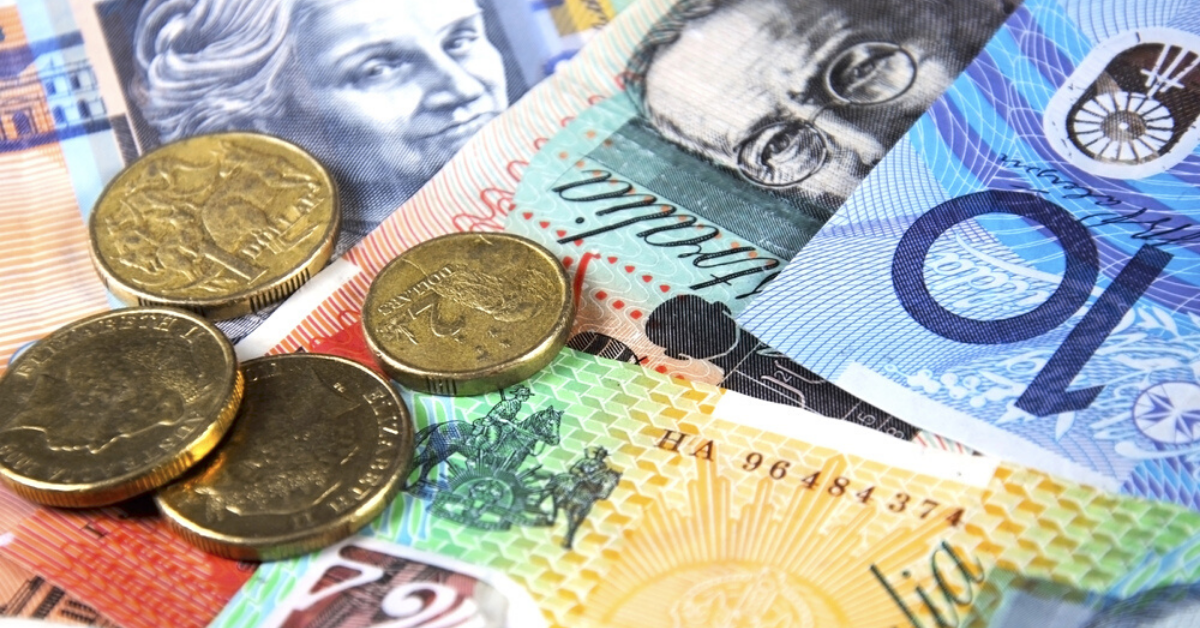Withdrawing Super: what to consider
The federal government has been releasing details of financial support available to Australians who have lost income due the economic impact of the COVID-19 pandemic.
A huge number of us have been affected in some way and many have been left feeling stressed and confused about what to do to keep afloat.
Although concern about money isn’t the only problem we’re grappling with, financial stress is likely to be on the rise, even among those of us who are generally pretty good at staying on top of our finances.
A sudden and unexpected loss of income can send anyone into a panic and many will be looking for ways to replace that income to stop them from racking up debts or running out of savings in a matter of weeks.
Who can withdraw super and how much can I get?
One option Australians in need may be looking at is applying for early access to their super savings.
Here’s a quick summary of some of the more important details of this temporary measure to ease financial hardship:
- Eligible Australians will be able to access up to $20,000 from their super fund or funds.
- If you meet the financial hardship criteria, you can apply for $10,000 before 30 June 2020 and a further $10,000 after 1 July 2020.
- Early withdrawal is available to people who are unemployed, have had their working hours/business income reduced by 20% since 1 January 2020, or are receiving Centrelink payments.
Playing catch-up
A payment of $10,000 or even $20,000 is a very welcome injection of cash at a time when you may be struggling to cover basic costs like your rent, groceries and utility bills. However, it’s really important to remember that these super savings have the potential to make a significant difference to your level of income in retirement.
If you dip into your super now, you could find yourself lagging behind in having the savings you need to live comfortably when you’ve stopped work for good.
“The ramifications of accessing super early could be really significant,” says Ben Marshan, Head of Policy and Standards at the Financial Planning Association of Australia (FPA).
“Conservatively, every $1000 that you have in super at age 30 will be worth about $4500 at age 60. If you take $1000 out now, you have to put in $4500 over the next 30 years to get back to the same position. Financially, for a lot of people that can be a massive struggle and they’ll never actually catch up.”
Multiply that $1,000 by 10 or 20 and you can start to see what you could be sacrificing from your retirement nest egg by making a substantial withdrawal now. And this is why it’s so important to get expert advice before making a decision, as well as exploring other options.
“Consider getting professional financial help to understand the implications for yourself, Marshan advises. “Accessing your super early should only ever be a last resort.”
What are my other options?
If you already have a financial planner, it’s definitely worth reaching out to them at this time to talk about whether you should be using your super as a temporary income boost.
Seeking advice is particularly important if you are told by any service provider that you have no other option but to access your super.
The financial services regulator ASIC has recently taken steps to caution landlords and property agents against suggesting that tenants should be accessing super to keep paying their rent.
Making such a suggestion could be seen as giving financial advice, and real estate agents are neither qualified or licensed to provide such advice.
Source: Money & Life

